
When Chris Ward takes a seat next to ours—at a table occupied by motoring editors invited to Manila House in Bonifacio Global City for an intimate lunch with him—he immediately asks us a question that lets us know he’s on a mission.
“How are the articles that you publish about electrified vehicles?” he inquires. “Do they get a lot of engagement?”
What the general manager of both Coventry Motors (importer) and All British Cars (dealer)—the two companies that represent Jaguar Land Rover in our market—really wants to know is this: How interested are Filipinos in electric or hybrid cars?
Or, to be more specific: How likely are they to purchase an electrified vehicle—particularly an electric Jaguar or a hybrid Land Rover—if it is made available to them?
Now, he has short- and long-term reasons for asking this question. First, his company is officially introducing the all-new Range Rover Evoque to our market this coming June 13. While we haven’t received confirmation about the propulsion that will power the premium compact crossover on our roads—“Just wait for the launch,” the boss teases us—we have every reason to believe it will have a mild-hybrid system under its beautiful sheet metal.
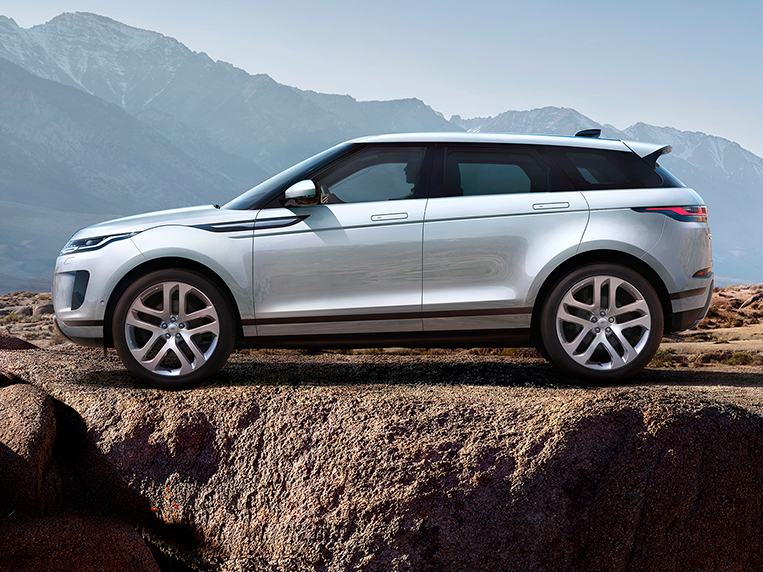
You see, the new-generation Evoque has seven powertrains available right now—six of them mild-hybrid and all-wheel-drive. Only one variant will have a diesel engine that’s unassisted by an electric motor—and it’s front-wheel-drive. We can’t imagine Coventry Motors bringing in this base oil-burner variant. The Range Rover brand’s positioning (especially in our country) is luxury, and the only way the distributor can justify luxury pricing is by at least throwing in AWD capability.
A mild-hybrid electric vehicle (MHEV) is one that is primarily powered by an internal-combustion engine and equipped with a supplementary electric motor or battery. The car is propelled mainly by the ICE and can’t run in full-electric mode. The electrical supplement, which recharges itself while the car is in operation, merely enhances the vehicle’s performance and improves its fuel efficiency. A full (or strong) hybrid electric vehicle (HEV) is one that has an internal-combustion engine and an electric motor, and alternately draws power from both. The car is also able to drive in full-electric mode, with the electric motor getting recharged via regenerative braking, making external charging unnecessary. An example would be the Toyota Prius. A plug-in hybrid electric vehicle (PHEV), meanwhile, is one that is primarily powered by an electric motor (or motors) and equipped with a supplementary internal-combustion engine. Such a vehicle needs to be routinely charged by an external power source. An example would be the Mitsubishi Outlander PHEV, which isn’t sold in the Philippines.
Education is key. You can’t get off the [electrification] bus, because the bus ain’t stopping
Beyond the all-new Range Rover Evoque, Mr. Ward is looking ahead into the future, and this is his long-term motivation for posing the above-mentioned question. Both Jaguar and Land Rover will have an electrified product lineup in five years’ time. Globally speaking, in fact, Jaguar already has an all-electric model in the I-Pace, and Land Rover now has PHEV models in both the Range Rover and the Range Rover Sport. Even the Evoque will soon get a PHEV version.
Ward’s concern is if Filipino car buyers don’t make the shift to electrified vehicles soon. “In three to five years, we may not have anything that people would want to buy, because we will definitely have just electrified models,” he tells our group. “Which is why education is key. You can’t get off this [electrification] bus, because the bus ain’t stopping.”
We point out to the British executive that he may not have to worry as much as mass-market car brands should, as premium-car buyers tend to be more adaptable to changes in market trends, especially the wealthy early adopters who like to always be the first to try out new stuff.
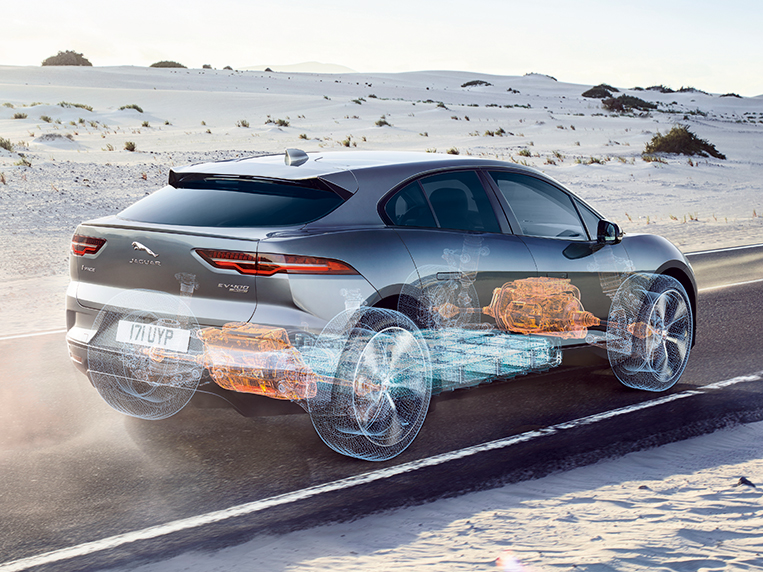
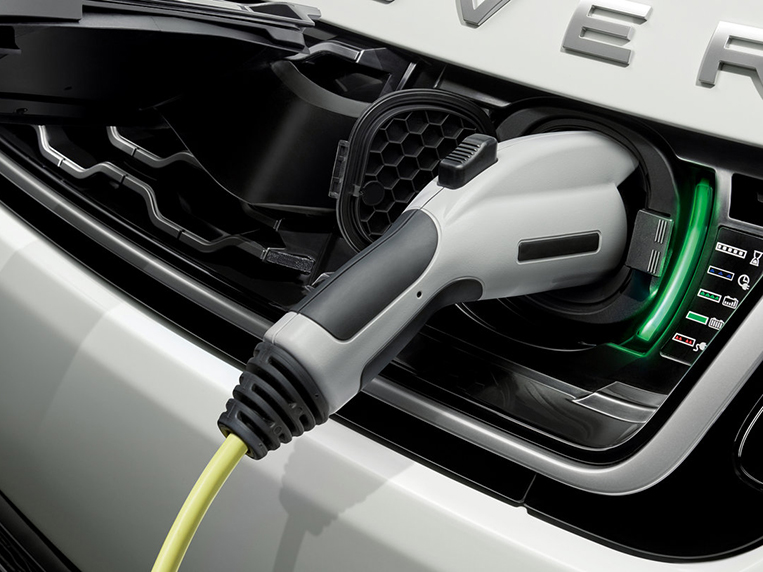
According to Ward, he expects to launch a battery electric vehicle in our market in “two to three years.” By then, he hopes the Philippine government will have gotten on the EV bandwagon as good power-charging infrastructure is crucial to the success of these zero-emissions cars.
But it’s seriously real: Electrified cars, whether hybrid or full-electric, are coming. And while we can expect the shift to happen more quickly in the luxury segment, trust that it will eventually cover the mass-market categories as well. The times simply demand it, and no amount of ranting on social media will hold it back.
For now, Chris Ward just wants to do his small part in raising awareness about electrified vehicles. And if hanging out with annoying motoring journalists is part of that crusade, so be it.
UPDATE: Minor tweaks have been made to the seventh paragraph for the sake of clarity.

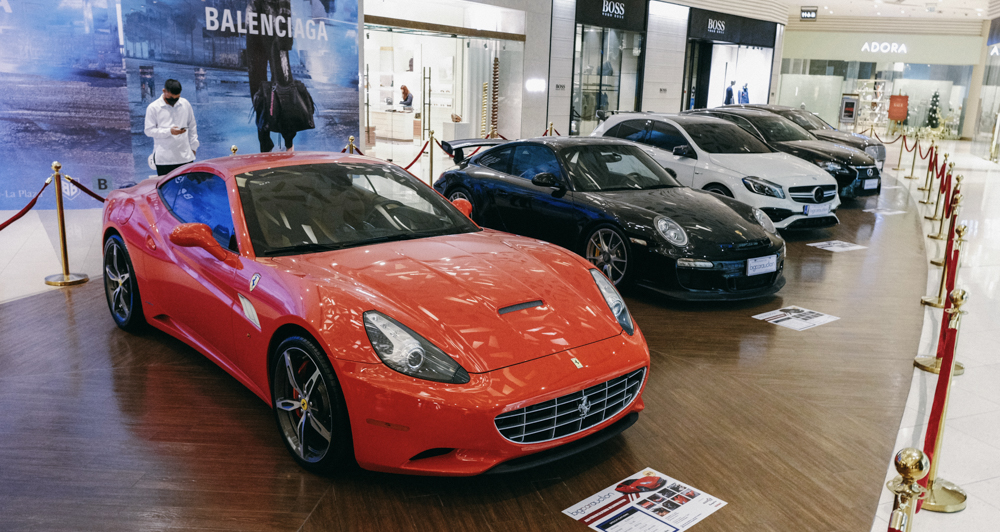
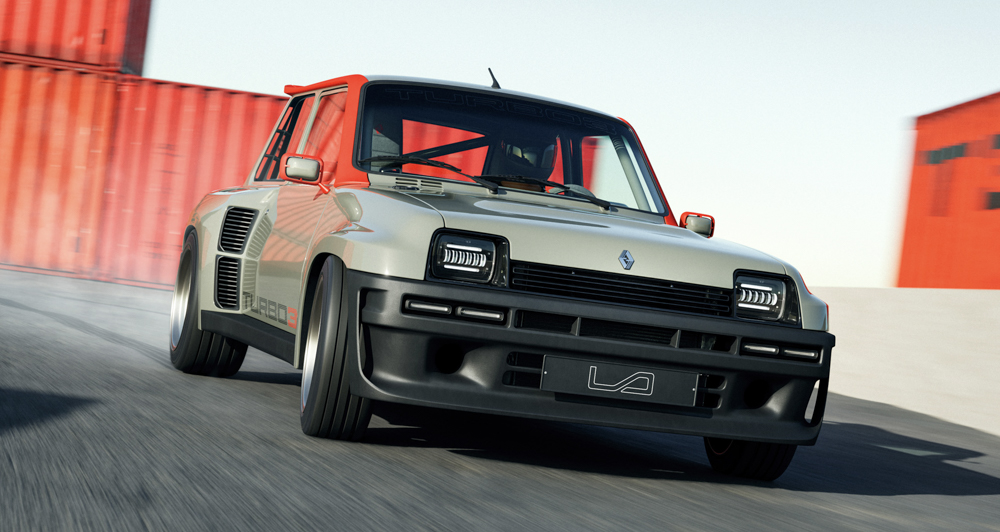
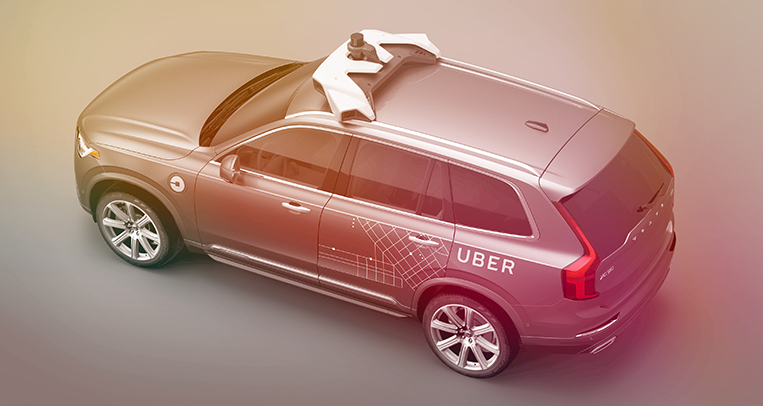
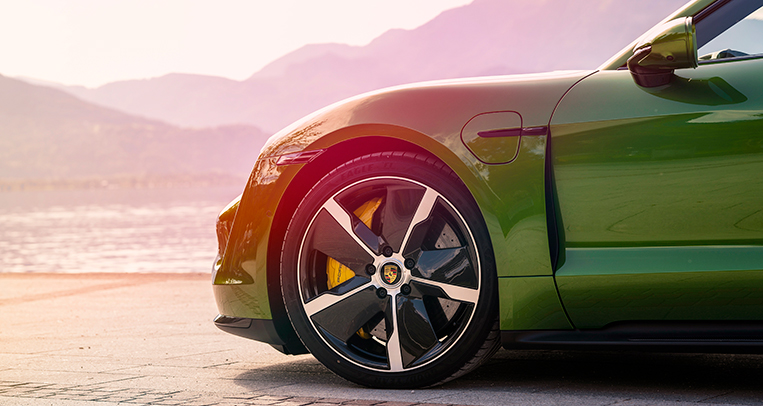
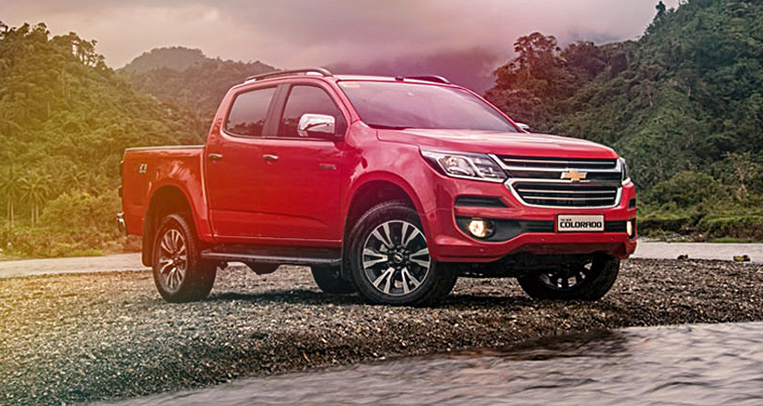


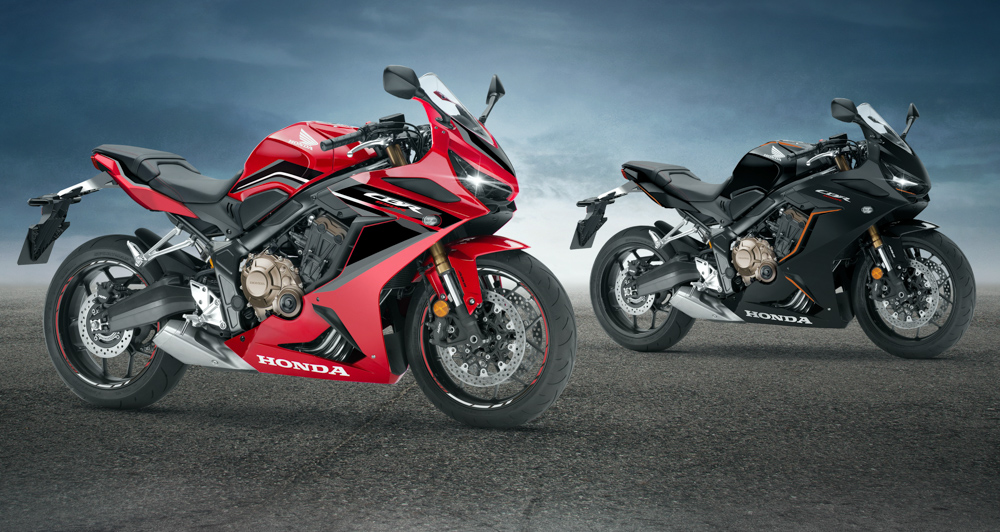
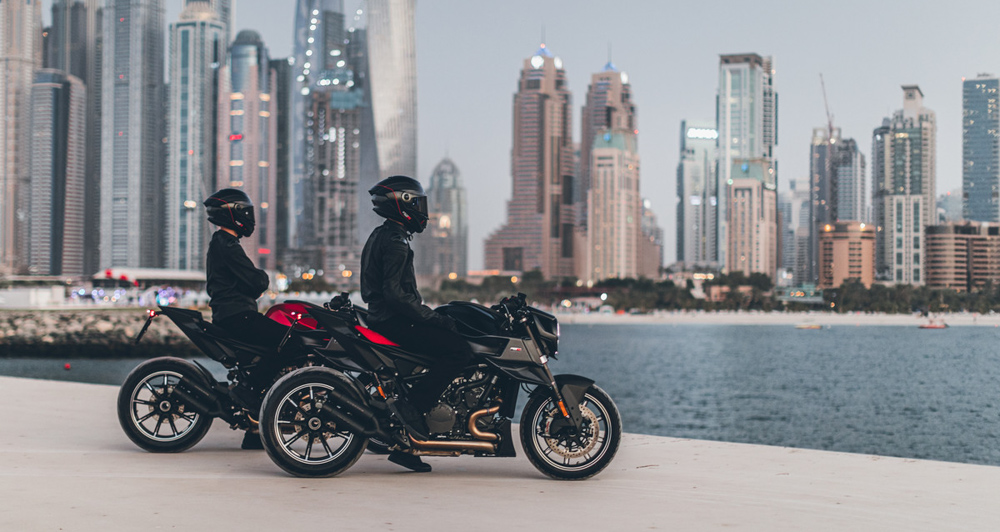
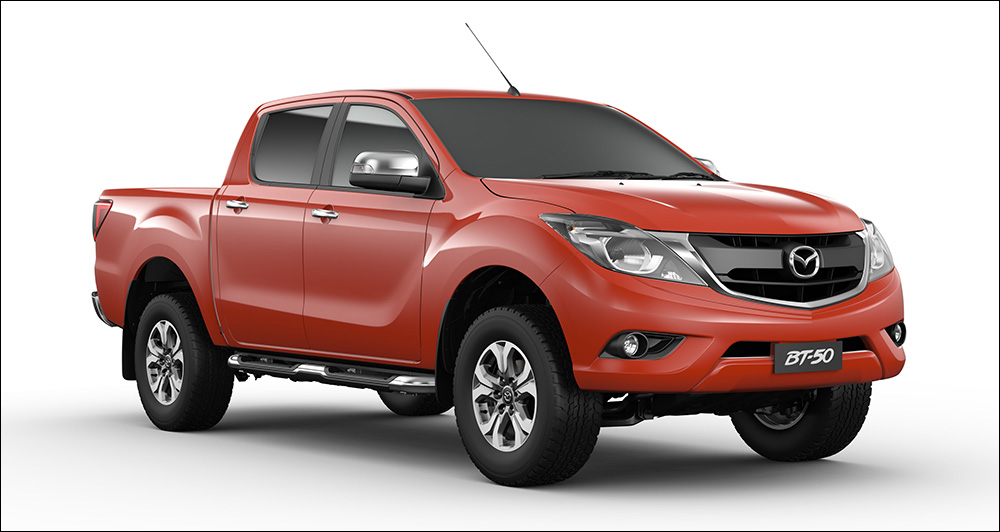
Comments